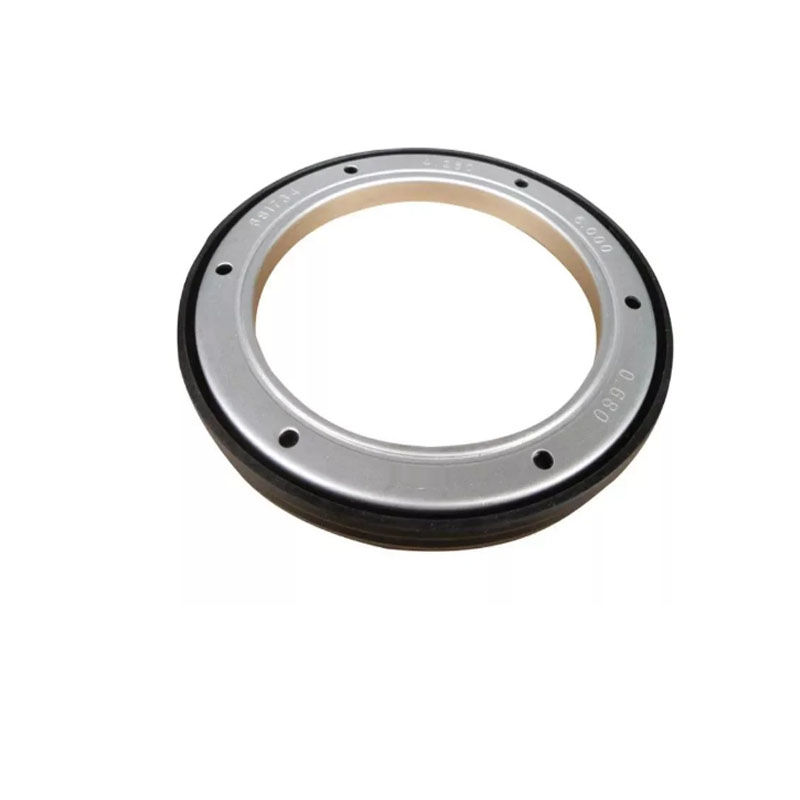Front Crankshaft Seal Replacement Guide for Optimal Engine Performance and Longevity
Understanding Front Crankshaft Seals Importance, Function, and Maintenance
Front crankshaft seals play a crucial role in the operation of an internal combustion engine, often overlooked until they begin to show signs of wear. Located at the front of the engine, these seals prevent oil leakage between the crankshaft and the engine block while allowing the crankshaft to rotate freely. Understanding their function, importance, and maintenance can help prolong the life of your engine and prevent costly repairs.
What is a Front Crankshaft Seal?
The front crankshaft seal is a circular rubber or synthetic seal, typically made from materials such as nitrile or fluoroelastomer, designed to fit tightly around the crankshaft. It serves two primary functions sealing the oil in and preventing contaminants from entering the engine. This seal is crucial for maintaining proper oil pressure within the crankcase and ensuring lubrication for the moving parts.
Importance of Front Crankshaft Seals
1. Oil Containment The primary function of the front crankshaft seal is to contain engine oil within the crankcase. Oil lubricates vital engine components, reducing friction and wear. If the seal fails, oil can leak out, leading to potential engine damage due to insufficient lubrication.
2. Contaminant Prevention The front crankshaft seal also keeps dirt and contaminants out of the engine. Any foreign particles that manage to enter the crankcase can cause significant wear on bearings and other critical components, potentially leading to engine failure.
3. Minimal Environmental Impact Leaking engine oil not only leads to increased repair costs but also has negative environmental impacts. Maintaining a functional front crankshaft seal helps to minimize oil spills and reduce your vehicle's carbon footprint.
Signs of a Failing Front Crankshaft Seal
As with any component, front crankshaft seals can wear out over time. Here are some common signs of a failing seal
front crankshaft seal

1. Oil Leaks One of the most apparent signs is an oil leak from the front of the engine. Puddles of oil forming beneath your vehicle, especially after it has been parked, can indicate that the front crankshaft seal is failing.
2. Engine Noise If you begin to hear knocking or tapping noises, it could be a sign of low oil levels due to leakage. Insufficient lubrication can cause parts to grind against each other, leading to further damage.
3. Decreased Performance A compromised seal may affect engine performance, leading to a decrease in power or efficiency. If you notice a drop in gas mileage or sluggish acceleration, it may be worth inspecting the front crankshaft seal.
Maintenance of Front Crankshaft Seals
While front crankshaft seals do require eventual replacement, there are steps you can take to prolong their lifespan
1. Regular Oil Changes Keeping your engine oil clean and at optimal levels reduces strain on the seal, helping it last longer. Follow your manufacturer's recommendations for oil change intervals.
2. Monitor Oil Levels Regularly check your oil levels and look for any signs of leaks. Addressing issues early can prevent more significant problems from developing.
3. Timely Repairs If you notice any of the aforementioned signs of a failing seal, do not hesitate to address the issue. Prompt repairs can save you from more extensive and costly engine damage.
Conclusion
In summary, front crankshaft seals are essential components that play a significant role in the overall health of your engine. Understanding their function, regularly monitoring their condition, and performing timely maintenance can help ensure not only the longevity of the seal itself but also the lifespan and performance of your engine. Taking proactive measures will contribute to a smoother, more efficient driving experience.
-
The Ultimate Guide to Boat Propeller Bearings and Trailer Wheel Bearings
News Jul.31,2025
-
The Essential Guide to Marine Bearings and Boat Trailer Wheel Bearings
News Jul.31,2025
-
The Complete Guide to Heavy Duty Seals: Protecting Doors and Spaces Efficiently
News Jul.31,2025
-
Essential Guide to Marine Shaft Bearings and Boat Trailer Axle Bearings
News Jul.31,2025
-
Comprehensive Guide to Marine and Trailer Bearings for Safe Boating and Transport
News Jul.31,2025
-
Comprehensive Guide to Automotive Oil Seals: Protecting Your Engine and Shafts
News Jul.31,2025
-
Understanding Automotive Oil Seals: Essential Components for Engine and Shaft Protection
News Jul.30,2025
Products categories















